The Seismic Reinforcement Material Market is currently characterized by a dynamic competitive landscape, driven by increasing urbanization, stringent building codes, and a growing emphasis on disaster resilience. Key players such as Hilti AG (CH), BASF SE (DE), and Sika AG (CH) are at the forefront, each adopting distinct strategies to enhance their market positioning. Hilti AG (CH) focuses on innovation in product development, particularly in advanced materials that improve structural integrity during seismic events. Meanwhile, BASF SE (DE) emphasizes sustainability, integrating eco-friendly materials into their offerings, which aligns with global trends towards greener construction practices. Sika AG (CH) is actively pursuing regional expansion, particularly in emerging markets, to capitalize on the rising demand for seismic reinforcement solutions. Collectively, these strategies contribute to a competitive environment that is increasingly shaped by technological advancements and sustainability initiatives.
In terms of business tactics, companies are localizing manufacturing to reduce lead times and optimize supply chains, which is crucial in a market that demands rapid response to seismic threats. The competitive structure of the market appears moderately fragmented, with several players vying for market share, yet the influence of major companies remains significant. This fragmentation allows for niche players to emerge, particularly those specializing in innovative materials or localized solutions.
In August 2025, Sika AG (CH) announced the launch of a new line of seismic-resistant adhesives designed for use in high-rise buildings. This strategic move not only enhances their product portfolio but also positions Sika as a leader in innovative solutions tailored for seismic applications. The introduction of these adhesives is likely to attract attention from architects and engineers focused on enhancing building safety in earthquake-prone regions.
In September 2025, BASF SE (DE) unveiled a partnership with a leading construction firm to develop a new range of bio-based reinforcement materials. This collaboration underscores BASF's commitment to sustainability and innovation, potentially setting a new standard in the industry. The strategic importance of this partnership lies in its ability to leverage both companies' strengths, thereby accelerating the development and market entry of environmentally friendly seismic solutions.
In July 2025, Hilti AG (CH) expanded its operations in Asia by establishing a new manufacturing facility in Vietnam. This expansion is indicative of Hilti's strategy to enhance its supply chain efficiency and meet the growing demand for seismic reinforcement materials in the Asia-Pacific region. The facility is expected to significantly reduce production costs and lead times, thereby strengthening Hilti's competitive edge in a rapidly evolving market.
As of October 2025, the competitive trends in the Seismic Reinforcement Material Market are increasingly defined by digitalization, sustainability, and the integration of artificial intelligence in product development. Strategic alliances are becoming more prevalent, as companies recognize the value of collaboration in driving innovation and enhancing market reach. Looking ahead, competitive differentiation is likely to evolve from traditional price-based competition towards a focus on technological innovation, sustainable practices, and reliable supply chains, reflecting the changing priorities of the construction industry.


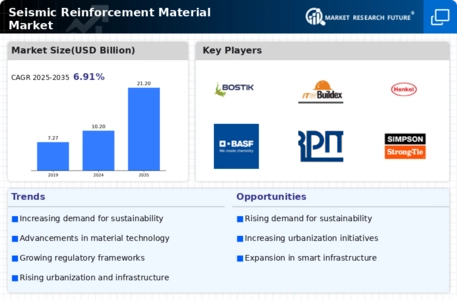
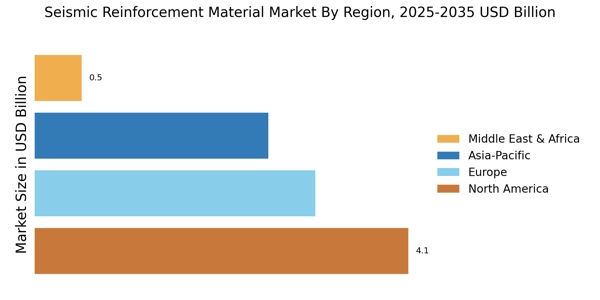
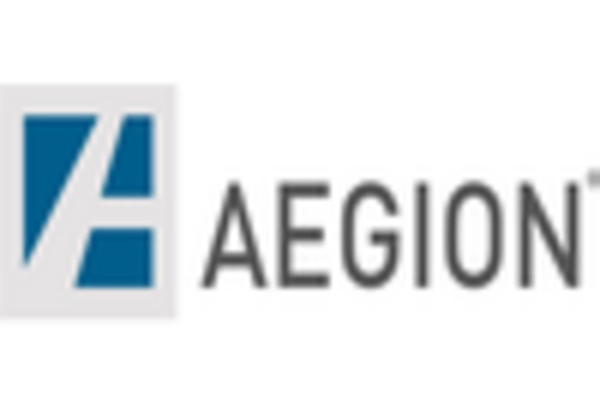

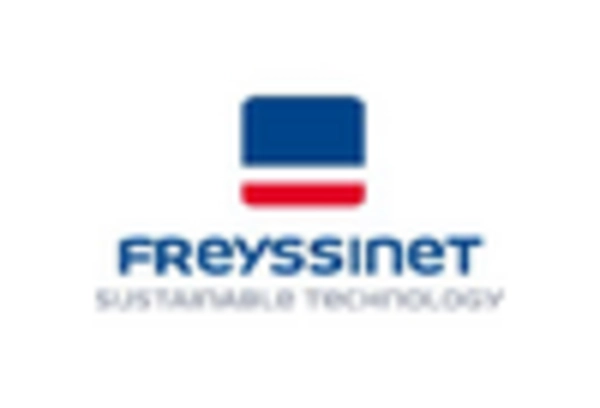
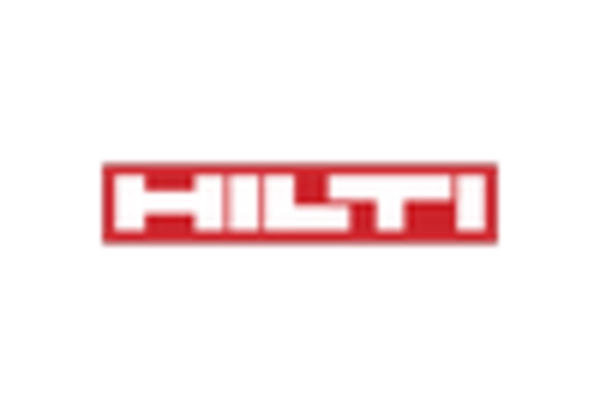










Leave a Comment